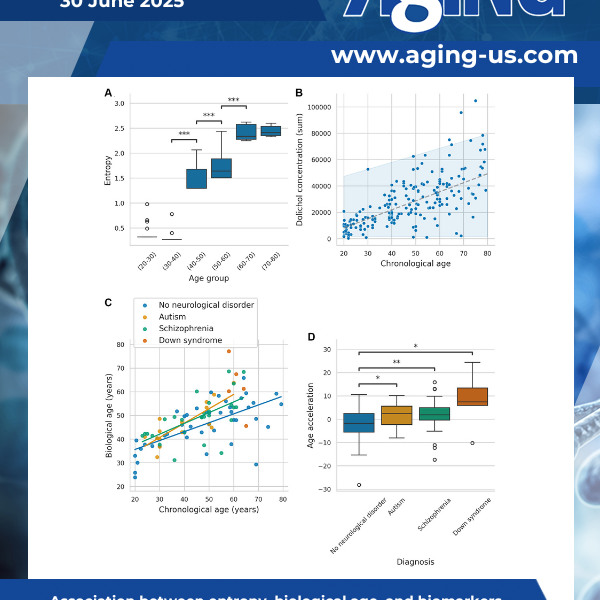A new research paper, featured on the cover of Aging (Aging-US) Volume 17, Issue 6, was published on June 4, 2025, titled “DoliClock: a lipid-based aging clock reveals accelerated aging in neurological disorders.”
Aging (Aging-US) Authors
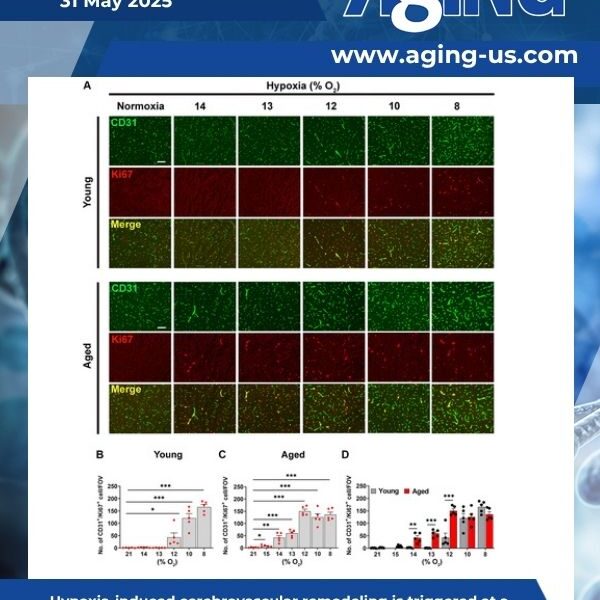
A new research paper was published in Aging (Aging-US) on May 1, 2025, as the cover of Volume 17, Issue 5, titled “Defining the hypoxic thresholds that trigger blood-brain barrier disruption: the effect of age.”

Chronic mild hypoxia (CMH; 8% O2) triggers transient blood-brain barrier (BBB) disruption, an effect greatly increased with age. As BBB disruption predisposes to neuronal death and cognitive decline, here we defined the hypoxic thresholds that trigger BBB breakdown in young and aged mice, and then defined the age at which hypoxia-induced BBB disruption significantly increases.
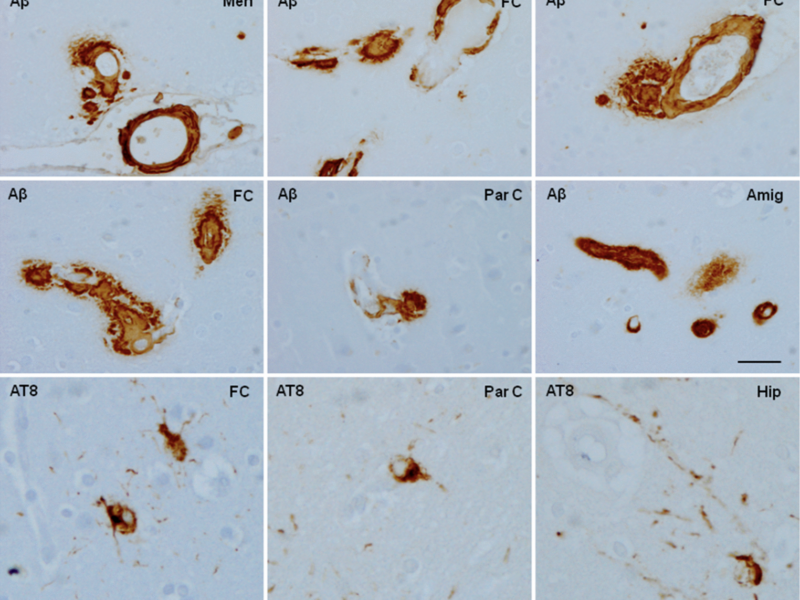
A new review was published in Aging (listed by MEDLINE/PubMed as “Aging (Albany NY)” and “Aging-US” by Web of Science), on October 29, 2024, Volume 16, Issue 20, titled, ”Brain aging and Alzheimer’s disease, a perspective from non-human primates.“
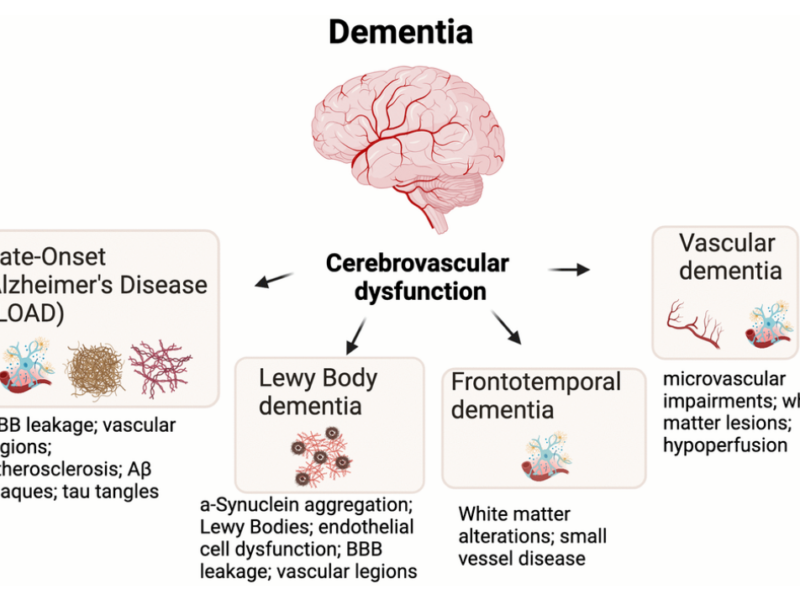
PRESS RELEASE: A new review was published in Aging’s Volume 16, Issue 10, entitled, “Peripheral vascular dysfunction and the aging brain.”
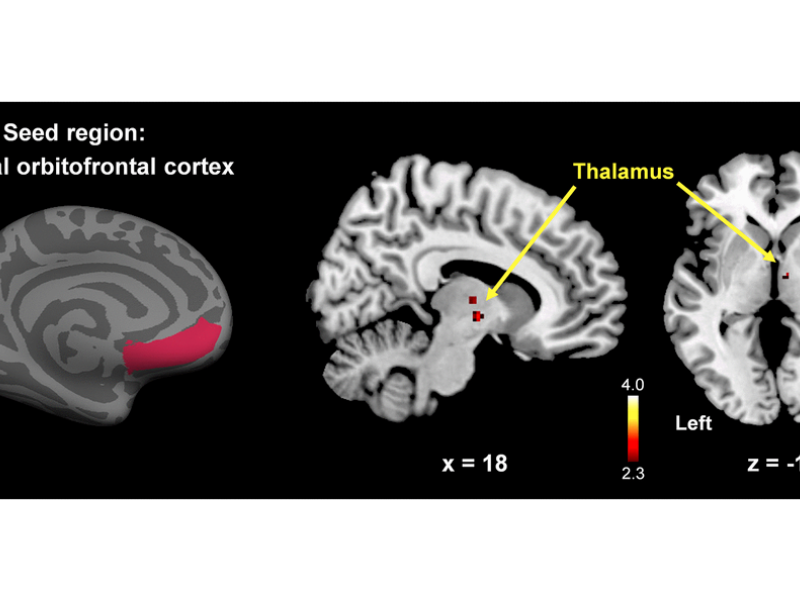
PRESS RELEASE: A new research paper was published on the cover of Aging’s Volume 16, Issue 6, entitled, “Altered brain morphology and functional connectivity in postmenopausal women: automatic segmentation of whole-brain and thalamic subnuclei and resting-state fMRI.”
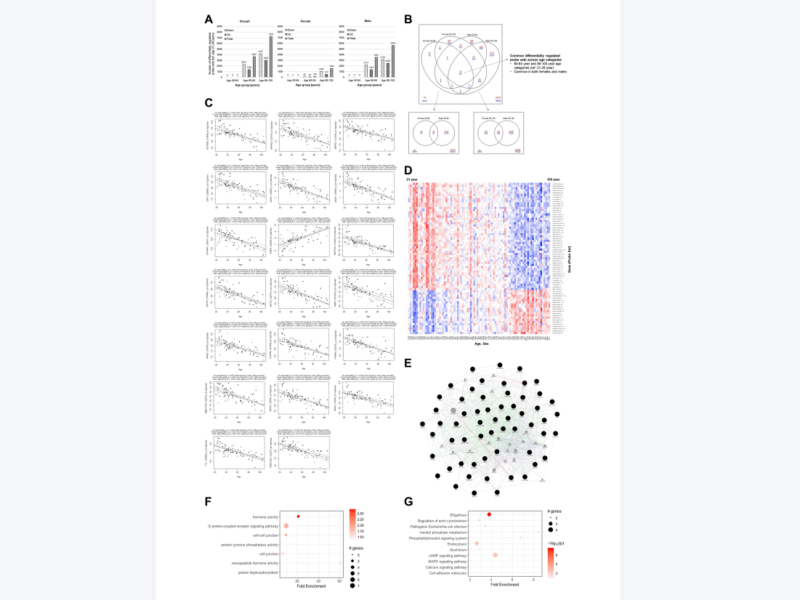
PRESS RELEASE: A new research paper was published on the cover of Aging’s Volume 16, Issue 5, entitled, “Genome-wide transcriptome profiling and development of age prediction models in the human brain.”
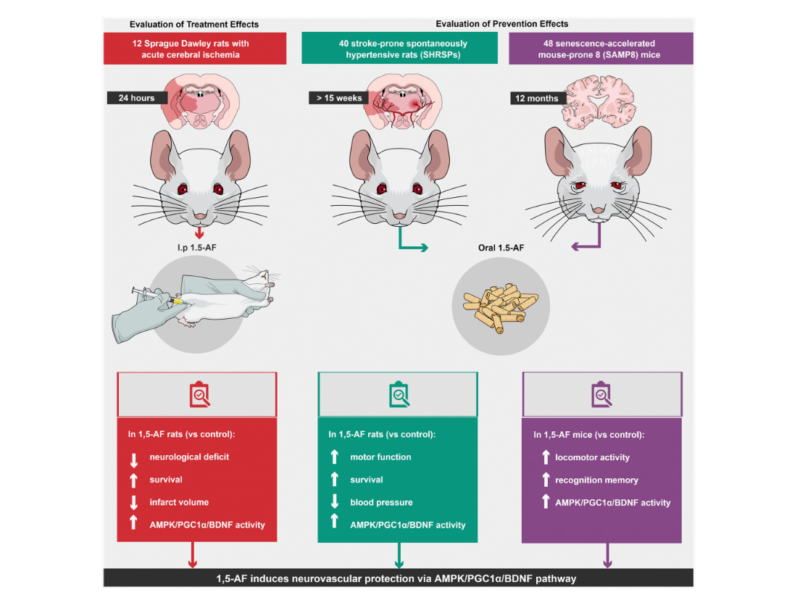
PRESS RELEASE: A new research paper was published in Aging’s Volume 15, Issue 21, entitled, “1,5-anhydro-D-fructose induces anti-aging effects on aging-associated brain diseases […]”
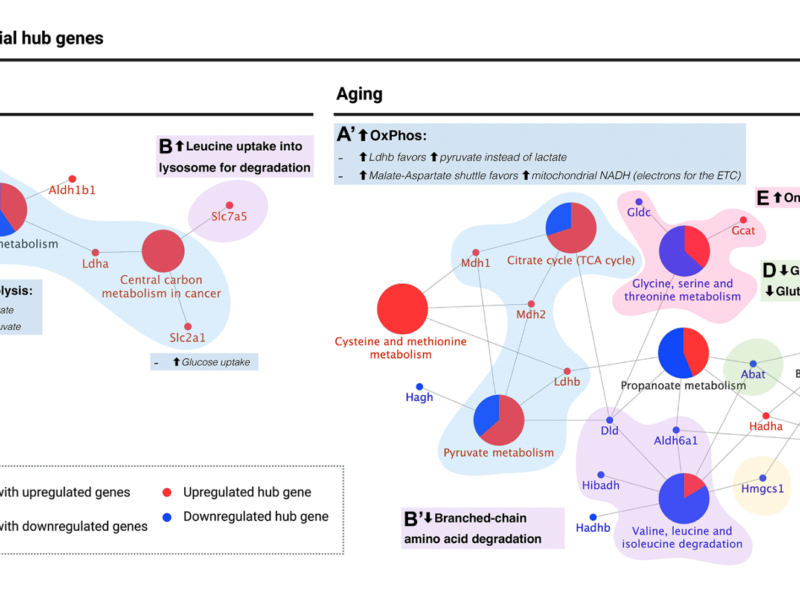
PRESS RELEASE: A new research paper was published in Aging’s Volume 15, Issue 19, entitled, “Metabolic switch in the aging astrocyte supported via integrative approach comprising network and transcriptome analyses.”
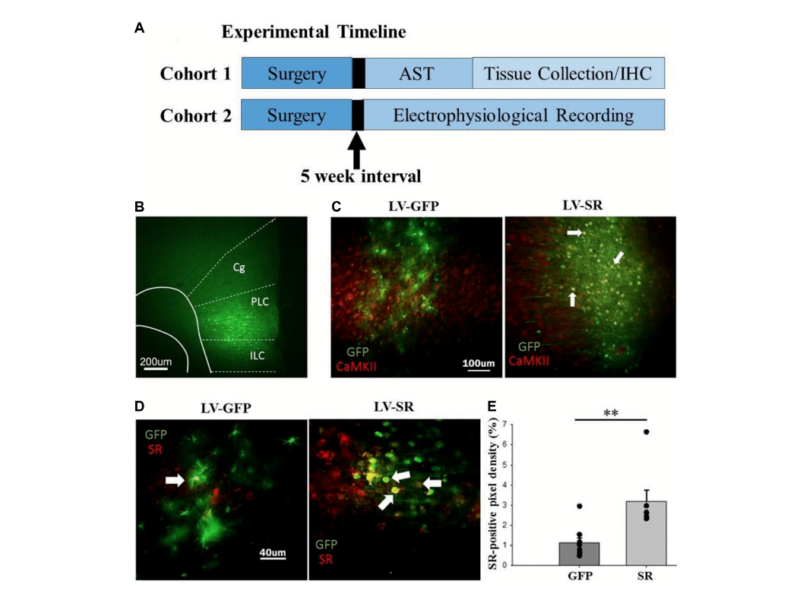
PRESS RELEASE: A new research paper was published in Aging’s Volume 15, Issue 7, entitled, “Viral vector-mediated upregulation of serine racemase expression in medial prefrontal cortex improves learning and synaptic function in middle age rats.”
